Analysis
Argentina’s ArteBA Fair Touts Distinctly Local Flavor and Refreshing Conversational Tone
Dealers are exuberant about the state of the Argentinian art world today.
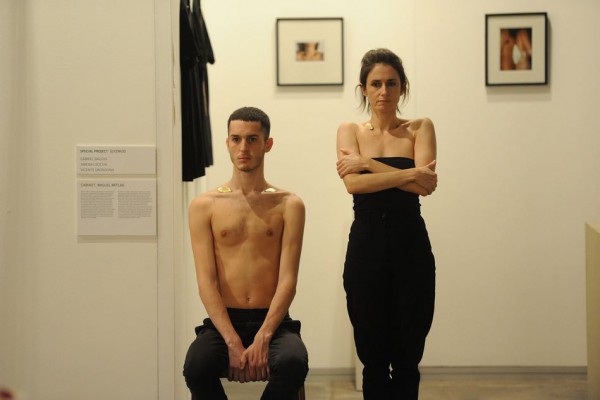
Dealers are exuberant about the state of the Argentinian art world today.

Kevin McGarry

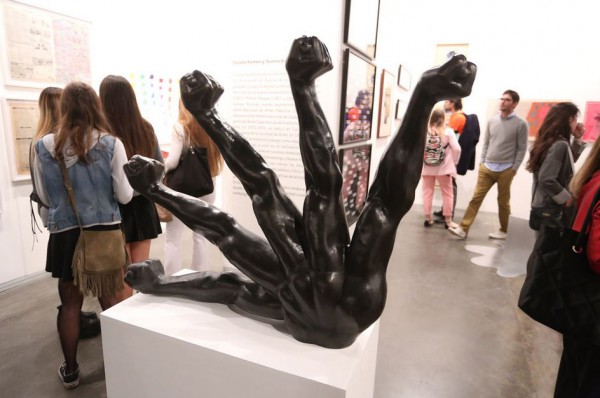
Photo: Courtesy of ArteBA Fundacion
Buenos Aires’s ArteBA, the southernmost art fair on the international circuit, has just opened with more than 90 galleries from Europe, the United States, and, overwhelmingly, Latin America, and Argentina. On view through Sunday, much of the fair at La Rural, a historic convention center campus playing host to modern industries and livestock shows alike, is broken up into a half-dozen corporate-subsidized invitational programs. As a result, rather than the drone of a market megalopolis, the tone of the aisles is rather conversational.
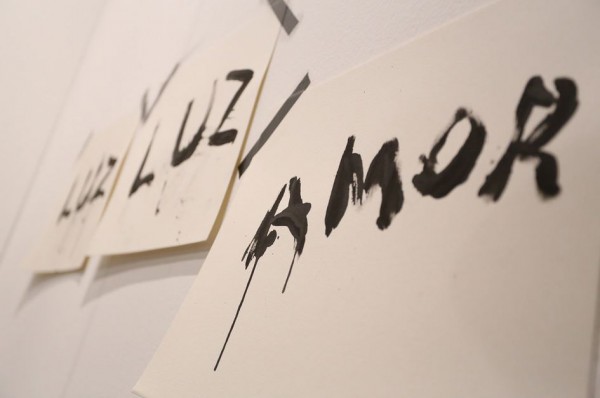
Photo: Courtesy of ArteBA Fundacion
Several galleries are represented more than a mere one or two times: Bogotá’s Instituto de Vision, for example, offers four presentations, while Sao Paulo’s Vermelho six! (See ArtRio Attracts International Heavyweights and Niche Galleries Alike.)
Ranging from single works in group shows on the floor of the convention center to entire booths devoted to solo shows, Vermelho’s participation in the fair includes a Cabinet project by Mauricio Ianes, aka “El Escritor,” in which the artist translates words offered to him by visitors into Portuguese and scrawls them onto papers with his tongue. These recurring positions throughout the fair building encourage galleries to calibrate for slightly different objectives—solo statements, thematic groupings, etc.—all under the umbrella project of providing a buffet of art to Argentine collectors.
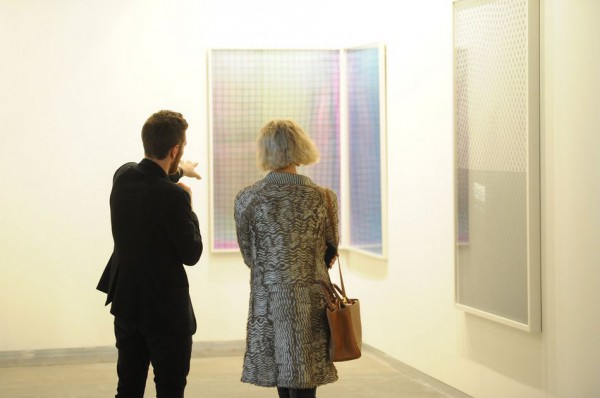
Installation view of Zavaleta Lab.
Photo: Courtesy of ArteBA Fundacion
Another Cabinet project, at Buenos Aires’s own Zavaleta Lab Arte Contemporáneo, is by a young local artist named Nicolás Mastracchio: five large-scale photographs strictly adhere to analog processes only in order to render ambiguous layers and allusions to digital ones, like the checkered backdrop of Photoshop or CGI-sharp specks of tobacco strewn from a shredded cigarette.
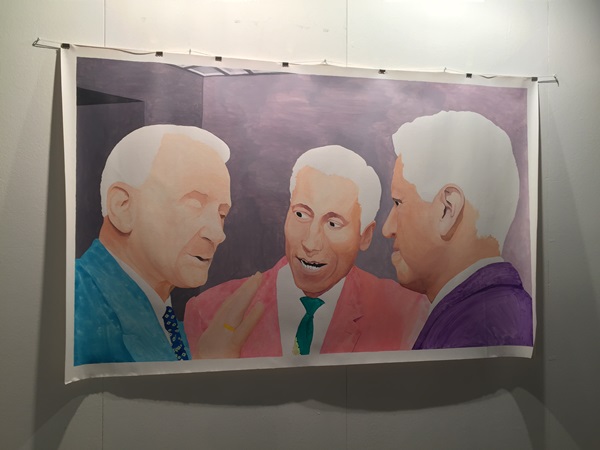
Photo: Kevin McGarry
Born in Buenos Aires in 1983 and based in the city ever since (with two stints in the United States), Mastraachio identified Argentina’s remoteness—the difficulty of ideas, work, and artists circulating internationally—as one of the defining features of the local art scene.
“An event like Sp-Arte in Sao Paulo is huge,” he points out with regard to the fair, “but it’s all business. Here in Buenos Aires, we don’t have a biennial, so it puts a lot of pressure on the fair.” (Although, the fledgling performance art biennial BP.15, which concludes this week, did launch here this year.)
Indeed, ArteBA is the only calendar event that gives the city cause to unfurl itself to an extensive cast of international visitors. And so, the fair esteems their curated sections and discursive events as more than just sidebars.
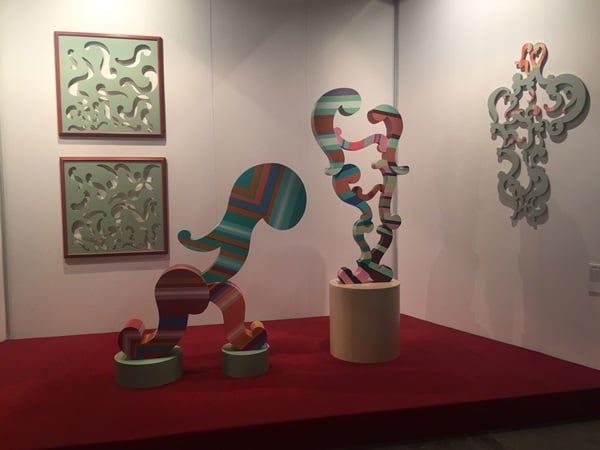
Photo: Kevin McGarry
“We’re more like ARCO,” said ArteBA’s President Alec Oxenford, a gregarious tech entrepreneur who wore a zip-up hoodie to the champagne preview the night before, referring to the long-running Spanish fair (see ARCO’s 34th Edition Consolidates the Madrid Fair’s Position as a Top Destination for European and Latin American Art and Viva España! ARCO Madrid Delivers Solid Mid-Market Sales in 2014 Edition). Piggybacking off Mastracchio’s sentiment, he noted the importance of ArteBA doubling as a discursive platform. ARCO is as much (or more) of a draw for its extensive program of closed-door meetings as it is as a marketplace. On a much smaller scale, ArteBA’s line-up this year includes the curators Nicolás Bourriaud and Jose Roca, artists Pedro Reyes and Carlos Motta, and MALBA’s new director Agústin Pérez Rubio.
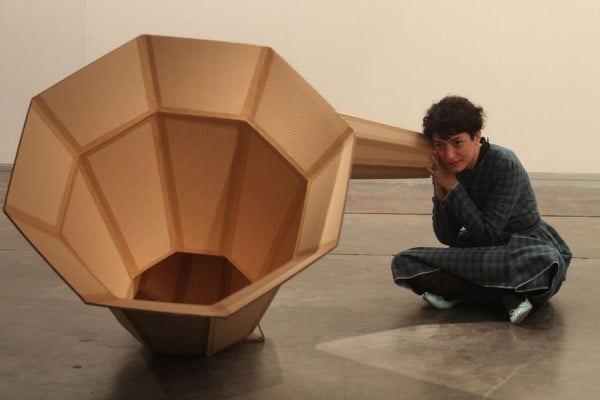
Photo: Courtesy of ArteBA Fundacion
Pérez Rubio is exuberant about the state of the Argentinian art world today, citing the creation of new artist run spaces like Movil and Prisma, adding that “the arrival of Victoria Nortoon to MAMBA and my own to MALBA (which together with Fundación Proa has always brought international exhibitions to the city), are building a singular panorama.” Rather than internationalization, access to global currents and conversations seems to be the gold standard of positive growth here.
“The fair has grown at an astonishing rate,” Faena Art’s Ximena Caminos told artnet News echoing that the city’s art scene is on an upswing, as are many in Latin America (see Samba of Sales at Opening of SP-Arte Fair, Cher Visits SP-Arte, and See the 7 Best Booths at ARCOMadrid). She also credited ArteBA with playing an instrumental role. “It’s evolution in recent years has been exponentially greater than the city’s own.” (See What You Need to Know About the Colombian Art Market.)
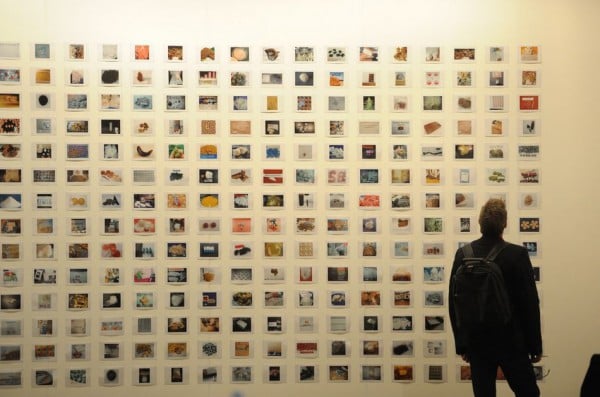
Photo: Kevin McGarry
While there are few, if any, power players from the northern hemisphere among the exhibitors—and not many from Brazil, either—there are a good number of first-time participants from abroad with nice programs, among them Jaqueline Martins from Sao Paulo (Martha Araújo and Débora Bolsoni) and Max Mayer from Dusseldorf (Luis Jacob and J. Parker Valentine).
Few dealers are keen to go on record about it, but the consensus around La Rural is that ArteBA is a fair with a distinctly local flavor, despite its efforts to make international introductions. However this doesn’t need to be taken in a negative light.
“It’s in a beautiful way a very regional thing,” said Mayer, considering for a moment if he, too, might want to reserve comment, before deciding that it was an endorsement. A locally-rooted fair cognizant of the world beyond it is a welcome counterpoint to near-monthly trade shows with delegates from everywhere but little connection to anything.

Photo: Courtesy of ArteBA Fundacion
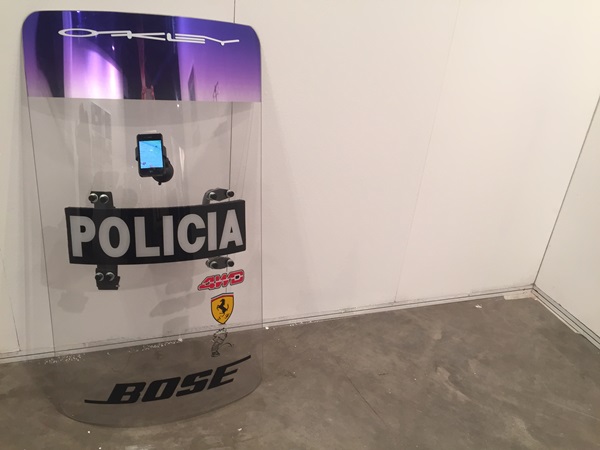
Photo: Kevin McGarry
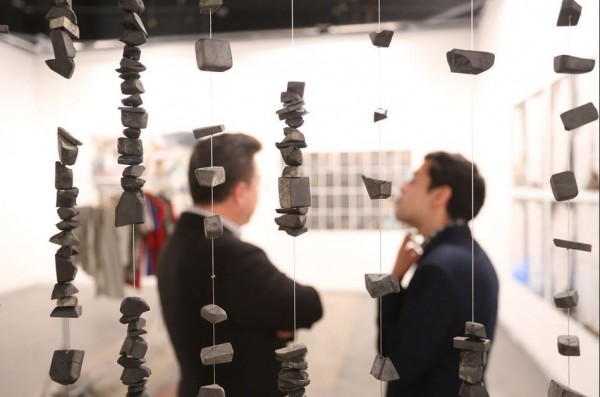
Photo: Courtesy of ArteBA Fundacion
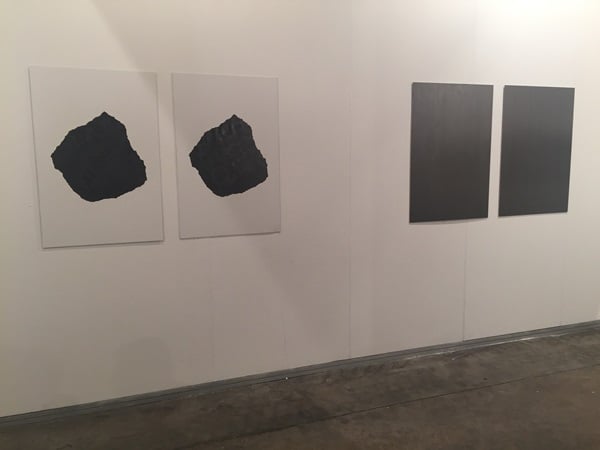
Photo: Kevin McGarry
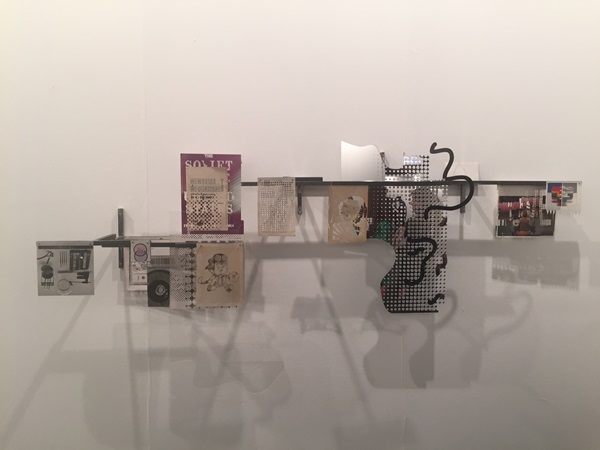
Photo: Kevin McGarry
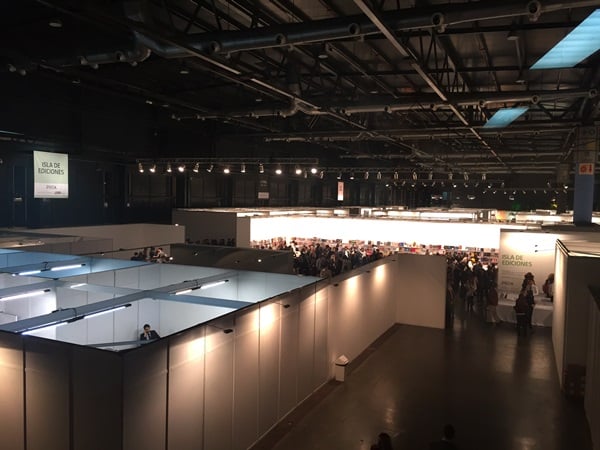
Photo: Kevin McGarry
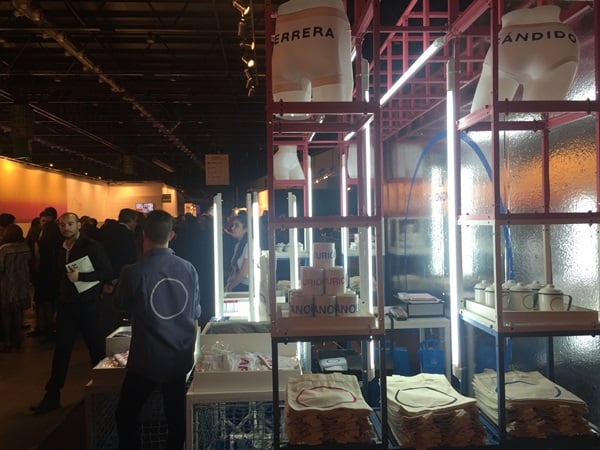
Photo: Kevin McGarry
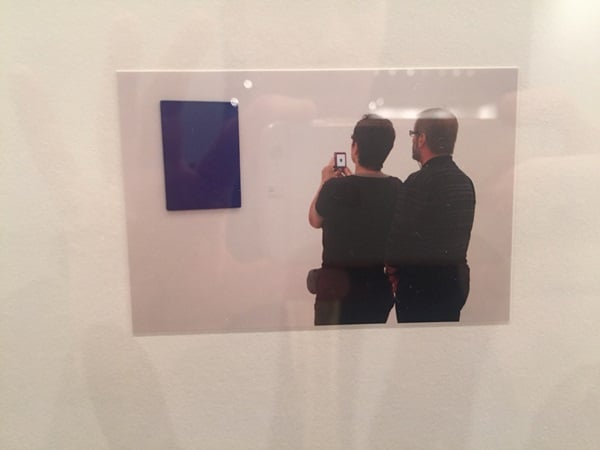
Photo: Kevin McGarry